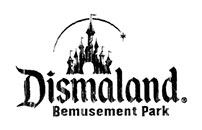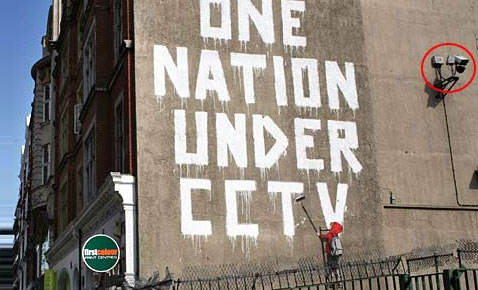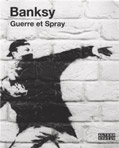Initially, “street art” particularly included graffiti artists and was associated with “punk” culture. These artists used mainly spray paint. However, more elaborate techniques have been gradually implemented in street art. To this day, we can observe especially the use of aerosol, airbrushing, but also of stencils, stickers, mosaics composed of small tiles and video projections.
Oil pastels and paintings are also often used as techniques in the “street art”. The difference between these lies in the fact that the paining must be, for example, exhibited in a public place, without necessarily obtaining authorization in advance and carried out in the most subversive way.
The « street art » remains a label often used by artists that refuse to melt away into the masses, that wish to detonate by displaying their political visions, what hurts them, what is reluctant to them or what makes them react, without however being associated with an art form, a movement, a particular group. Street artists are in fact rebels wishing to perform without authorization, consent, taboos, and limits. “Street art” can be observed everywhere in the world, since it has no borders, gender, or established delimitations. This is what makes its great originality and popularity increasingly larger.
Certain countries and cities have however strong laws against this type of art. Thus, a “street artist” can sometimes end up with heavy fines, or even with prison sentences in some cases.
This is undoubtedly a great motivating factor for some.






